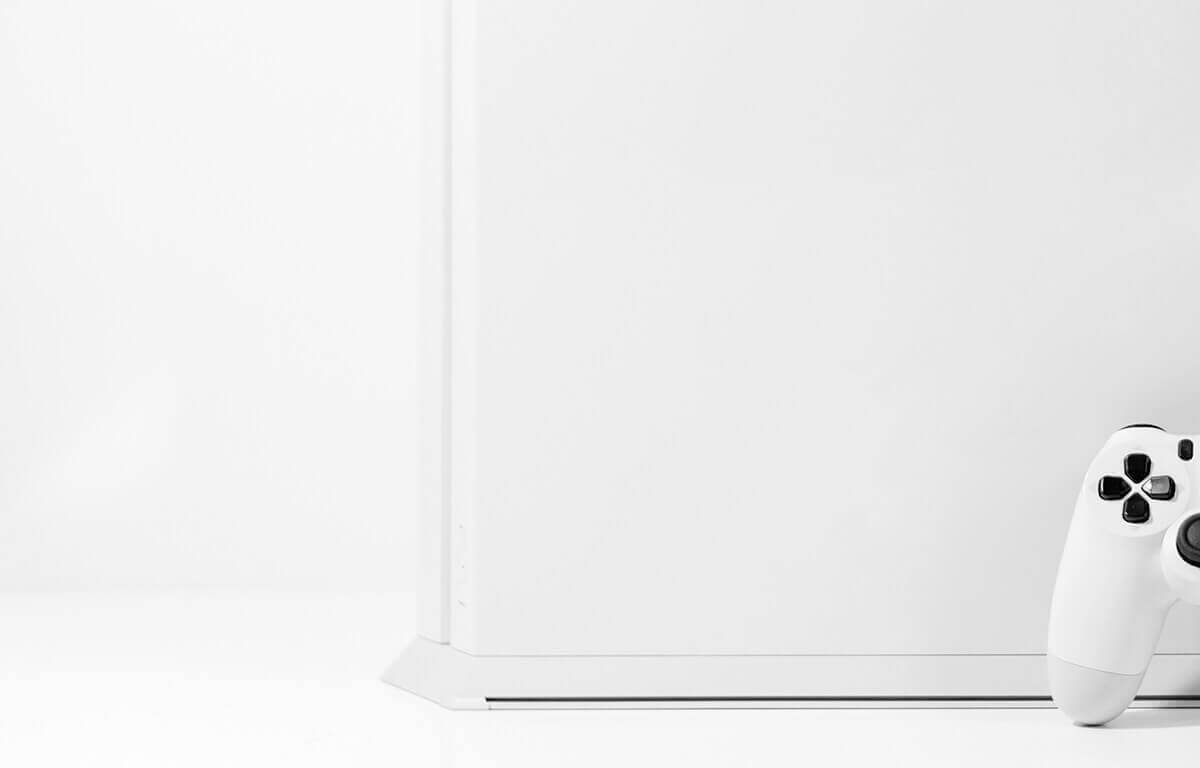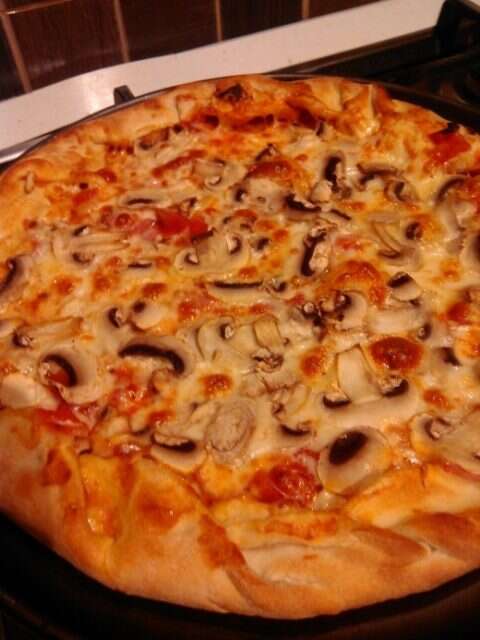How is the dough prepared?
How is the dough prepared? The technology of preparing the test itself is not complex, but it must be followed in order to get a good result.
It is important that all the ingredients for the dough have room temperature before mixing, so put them on the work board at least an hour before starting work. If you use dry yeast, immediately mix it with flour and all other accessories for text.
If the dough contains a large amount of fat or additives of almonds, hazelnuts, etc. nuts in various forms, it is better to first soak the dry yeast in a little lukewarm milk and leave it for about 10 minutes, and only then mix it with the other ingredients for the dough.
You should soak the fresh yeast in a little lukewarm milk, with the addition of 1 teaspoon of sugar and 1-2 tablespoons of flour.
Let it stand for 15 minutes.
In the meantime, sift the flour and use it to make a "hill" with a "crater" in the middle. Pour yeast into that cavity, add eggs and possibly fat (room temperature), if necessary, spices and sugar.
Knead the dough in such a way that from the outer edges to the inner crater you gradually add more and more flour, which is combined with a soft mass. Knead the dough with your hands until it becomes smooth and shiny. Professionals periodically beat the dough on the work surface, which squeezes out the last air bubbles and achieves a maximum fine structure.
Leave the dough mixed in this way for 30 minutes, covered with a kitchen towel, to rise and then knead it well again.
If the dough recipe contains almonds, raisins or citronate, they are added at the end, because otherwise the dough would turn gray. Don't put the dough that is already in the greased and floured pan in the oven right away, but wait another 15 minutes for it to rise again.

How to makehomemade yeast?
Homemade bread yeast is an inseparable part of the recipe and preparation of good homemade bread. Rada Bogojev shared her recipe for homemade yeast for bread, who, together with Tomislav Sretenović, Sretenović vodenica and rolling mill, at the Dough, Pasta and Bread Festival TESTIVAL #2, won a significant award: Best Testival product, for her bread with dried tomatoes .
If possible, make homemade yeast from one of the integral flours (corn, barley). If you do not make it, it is recommended to use very small amounts of dry yeast, only 1 or 2 g for one loaf of 600-700 g of flour. Of course, this requires a longer fermentation period of at least three hours, and the dough must be kneaded several times, but, when making bread, there must be no rush.
For fresh yeast, you need to mix it with lukewarm water or milk, add a teaspoon of sugar (yeast feeds on sugar) and leave it for fifteen minutes to activate. However, you have probably seen on many cooking shows, many professional chefs, crumble fresh yeast and add it directly to the bread mix, so that the yeast is activated during mixing and fermentation (the expressions are: "to rise the dough", "to let the dough rest" , etc.). The same applies to dry yeast - it is added directly to the flour mixture, so it is activated later.
There are no special tricks for yeast - it needs some time to "work", and during mixing it creates carbon dioxide gas, which is responsible for the holes in the dough.
Instead of yeast, different "raisers" of the dough, additions and additives can be used, but we recommend that you do not use them. Primarily for health reasons. Always, as a substitute for yeast, you can use baking soda, sour water, eggs, milk, whey, as our ancestors used to do.
Or, you can make unleavened bread. Making unleavened bread is very simple, but it requires a lot of patience: make a mixture of several integral types of flour with a little white (if you are not sensitive to gluten), knead it well and leave it in a warm and dark place for at least 72 hours. During those 72 hours of fermentation, you should stir it several times. How is it possible to get bread with holes and no yeast? Well, the flour itself contains certain amounts of fungi, which act like yeast, which we make and add. It's just that there are fewer of them and, accordingly, the process of gas formation (holes) inside the dough is slower.
The most viewed recipe from yeast dough!
If relatives or friends come for an unannounced visit, a quick recipe for excellent dough and excellent pizza! Simple, fast and very easy!

Flour is very hygroscopic, so when mixing, water binds to it very quickly and thus protein chains are formed in the flour-water-air interaction. If the flour is left on the water and not mixed, almost nothing will happen. Mixing ensures that all the flour particles are connected with water, thereby hydrating proteins and starch. The result of mixing is the formation of a highly elastic protein network. Of course, different flours from different cereals have different protein compositions, i.e. percentage of protein participation.
As for the types of bread mixes, all flours can be mixed. In addition, it should be taken into account that they have a different percentage of protein participation and form different elastic protein networks, i.e. the strength of the kneaded dough is very different. The only thing that needs to be taken into account when making bread mixes is the special needs of consumers - for example. consumers who are sensitive to gluten should not use gluten flour, but only gluten-free flour.
To get 1 kg of bread, you need about 600 - 700 g of flour. The more wholemeal flour you use, the less flour you need for 1 kg of bread.
Which flour to choose?
Which flour to choose to make the best dough?
The basic movements for kneading are "stretching" and "rolling" (the ends of the dough are passed over the middle). Stretching is characteristic for the initial stage of mixing, i.e. tearing of protein chains, which regenerate very quickly and create an even more elastic structure. In the later stage of mixing, "rolling" is used to form a ball shape and increase the strength of the dough. The intensity of mixing, the length of mixing depends greatly on the type of flour mixture used, as well as on the consistency of the dough.
How long the dough should rest depends on many factors, i.e. from the type of flour mixture, from the amount of yeast, the hydration of the dough, the temperature of the room where the dough is kept, etc. The average time for bread dough to stand is 30-60 minutes, and for unleavened bread a minimum of 72 hours. My recommendation is to put the container in which the dough is standing in a plastic bag and tie it, warm it well. Take care that the yeasts "enjoy" and develop best at a temperature of around 40 C and that a temperature of 60 C and above kills them.
If you cannot use the mixed dough on the same day, you can store it in the refrigerator. Very important note: the coldness of the refrigerator does not stop the fermentation of the yeast dough, it only slows it down. That is why you will find many texts and recipes on the Internet in which the authors swear that the best bread is when you make it from dough that has been in the refrigerator for several days.
Baking
In today's modern ovens, the recommended temperature for baking bread is 225 - 250 C. It depends a lot on the type of oven (manufacturer, type, program options, etc.) so it is not easy to give the right advice. Everyone has to find the ideal temperature and length of baking for themselves. The length of baking is also not a linear, simple data. It ranges from 30, 40, 50 minutes to an hour. Everything depends on the oven and its capabilities.
It is most elegant and cleanest to bake on baking paper, but you can grease the tray or pan with fat or butter, like our old people did - and you can also use flour, as they used to do and still do in bakeries today.
A couple of tips: if you want a crispy crust, increase the temperature at the end of baking, or extend the baking time by a few minutes. If you don't want your bread to crack, make a less hydrated dough (about 50% water and a little less) and bake a little longer, at a lower temperature. If you want to have a pattern or score on the bread, do it with a knife just before putting it in the oven.
When you finish baking the bread, sprinkle it with a little water and let it cool before eating. That's how our old people did it.
READ: WHERE CAN I BUY THE BOOK TRADITIONAL RECIPES OF HOME SERBIAN CUISINE?
Read more:
The Recipes and Kuvar online portal is ranked among the TOP 50 websites in Serbia!
Don't miss a recipe - Recipes and cookbook online on Facebook. Stay tuned, follow the Recipes and Cookbook twitter notifications!